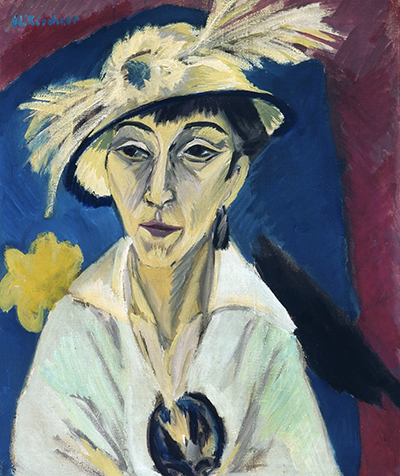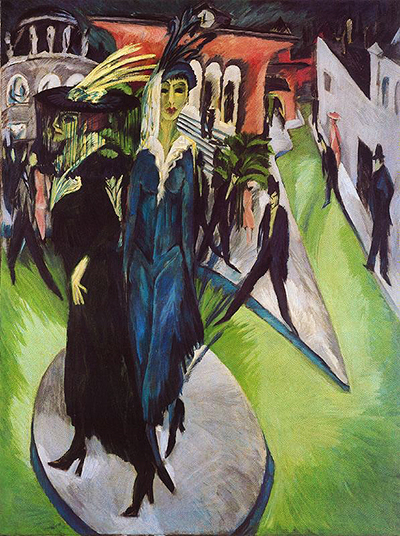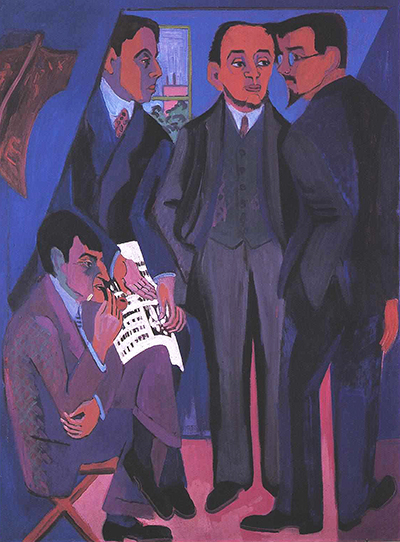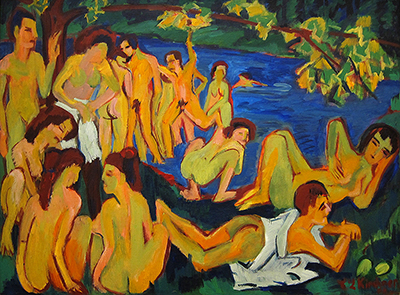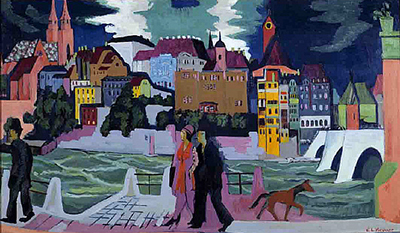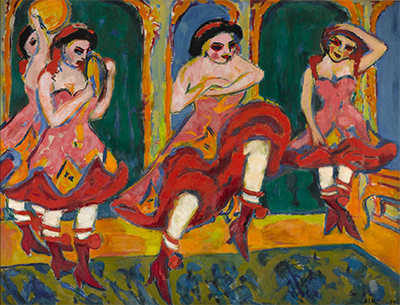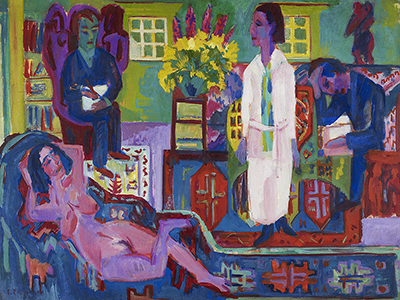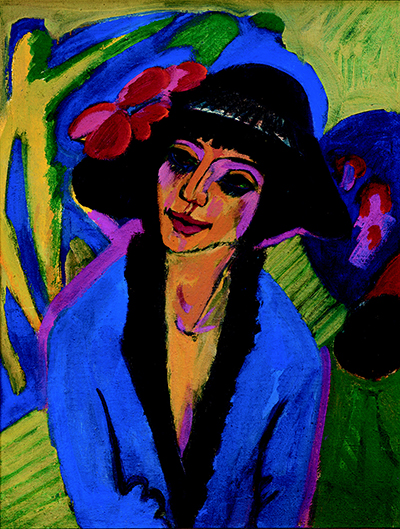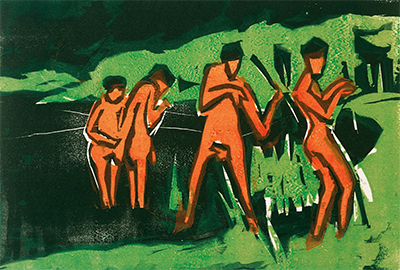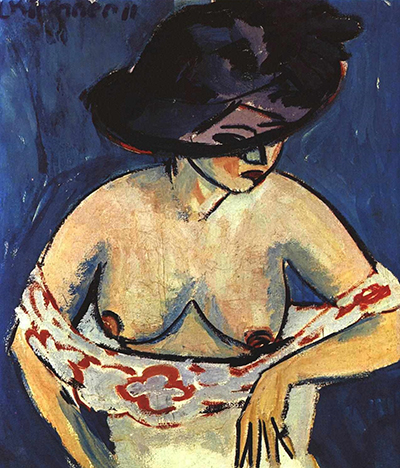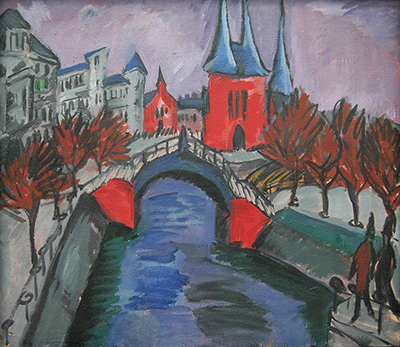Ernst Ludwig Kirchner is one of the most famous German artists of the 20th century and his paintings combined a variety of influences which together formed an unforgettable and truly unique artistic style.
African art was a major influence on Kirchner and we see this in many of his figurative artworks, perhaps in a similar way to some of the work of Pablo Picasso. The primitive forms were perfectly in line with the expressive and abstract nature of many of the new art movements which appeared in the 20th century. Whilst Japanese art had inspired the likes of the Impressionists and Post-Impressionists, African art took 20th century artists into it's grasp. Gauguin had himself found a new lease of life, artistically at least, during his extended time in Tahiti.
That said, whilst that influence on Kirchner's paintings can explain his figurative style, from where did his bright colour schemes and El Greco-esque use of perspective come from? Elongated canvases, often with figures stretched beyond all reality was perfectly in keeping with this expressive approach which was becoming ever more common in Germany. This region of Northern Europe was becoming a true artistic melting point during this time, with the likes of Klee, Macke, Kandinsky and Kirchner providing some of the better contributions that we can all appreciate today. For many, though, his style is most closely related to the work of Edvard Munch, a highly significant Norwegian painter.
Kirchner's modern direction would ultimately cost him everything - as the German Third Reich moved in to destroy his reputation and career. We are fortunate that so much of his work has survived to the present day after that regime's attempts to undermine and remove much of his work, along with many other artists whose styles were equally non-traditional. Those very same artists described as degenerates at that time are now considered some of the finest European artists in history. Kirchner ranks in that group alongside other unwilling contributors to the degenerate exhibition, including Franz Marc and August Macke.
Kirchner exhibited successfully in Switzerland and Germany before becoming part of the USA's very first display of Modern Art, at the Armory Show in 1913. The US would, of course, later lead these new art movements and push artistic developments ever onwards. Their own unofficial headquarters would be New York City, where many new art movements would first appear. Kirchner himself felt most at home in Switzerland, appreciating the way of life there and the rolling hills which would inspire some of his work at around this time. You will find a plethora of landscape paintings featuring small Swiss villages superimposed on breathtaking backdrops throughout this section of the website. The other notable theme would have to be his German-based city scenes which captured middle-class lifestyles during that period.
The German Third-Reich led a much publicised assault on modern art over a sustained period and this not only led to the destruction of many of Kirchner's paintings but also forced him to remain essentially exiled in Switzerland. His fear of their imminent arrival and invasion of Switzerland left him so unhappy that he chose to take his own life to avoid seeing what would eventually become reality across his new country. Despite the attempts to ruin, even remove, his reputation from art history, Kirchner's paintings can now be found right across the world and reproductions of his Expressionist art continue to be particularly popular. We include the highlights of his work in painting below.
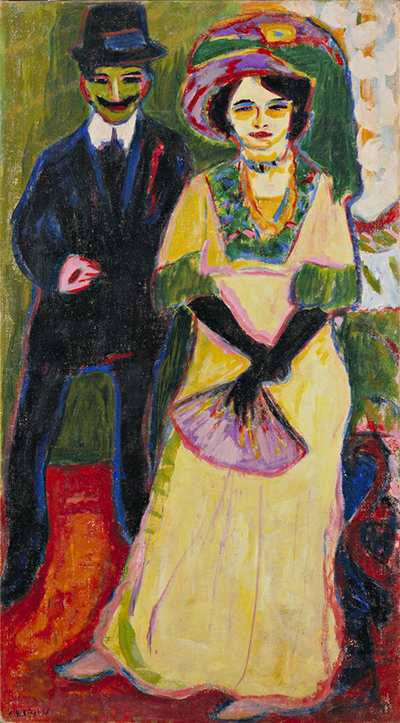
Dodo and her Brother
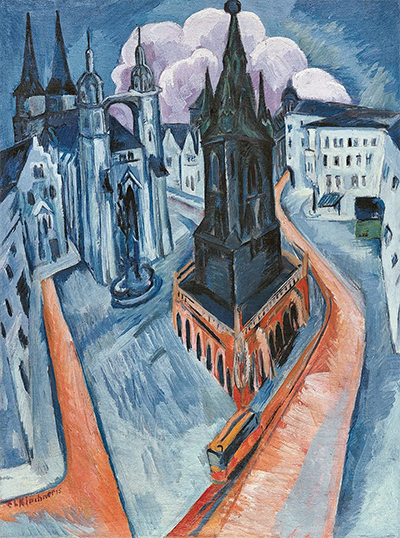
The Red Tower in Halle
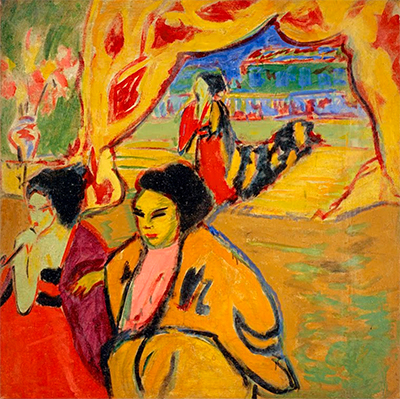
Japanese Theatre
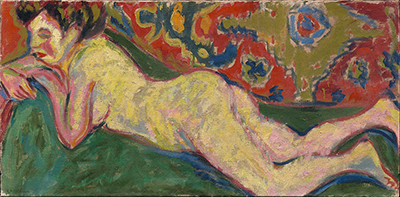
Reclining Nude
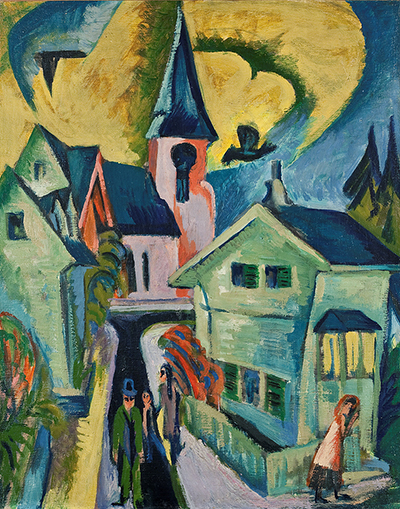
Konigstein with Red Church
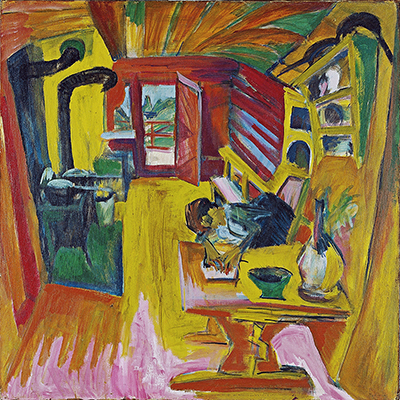
Alpine Kitchen
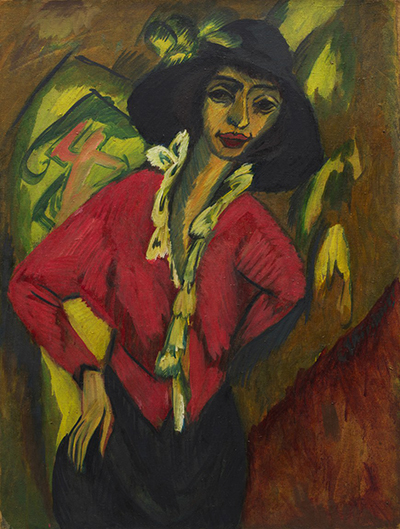
Gerda, Half-Length Portrait
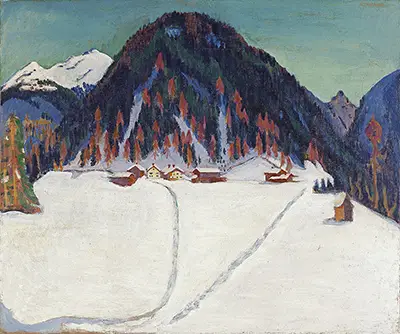
The Junkerboden under Snow
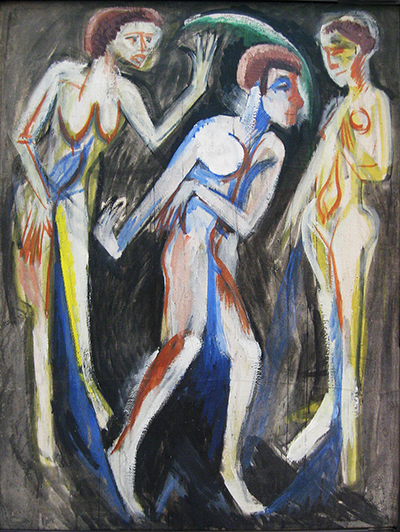
The Dance between the Women
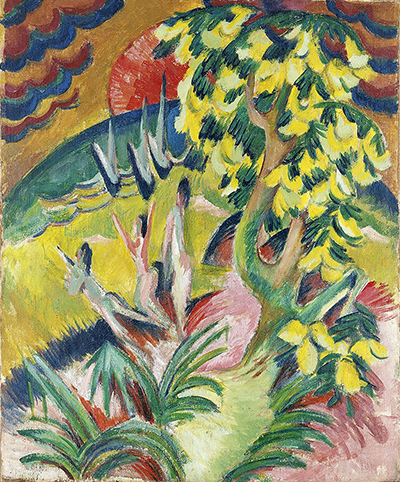
Curving Bay
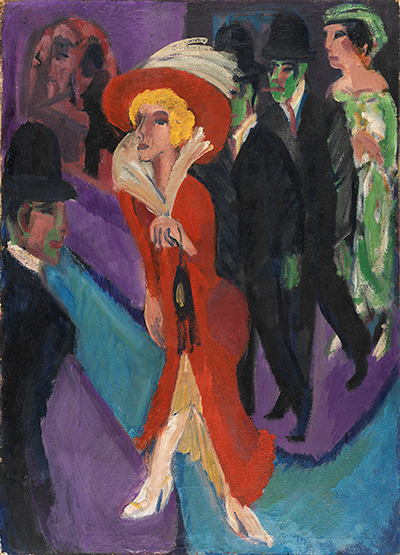
Street With Red Streetwalker
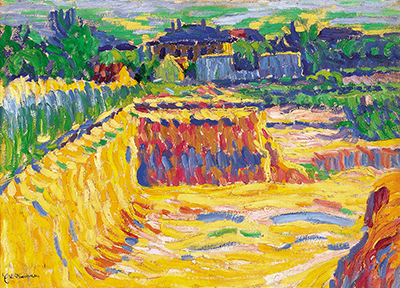
The Loam Pit
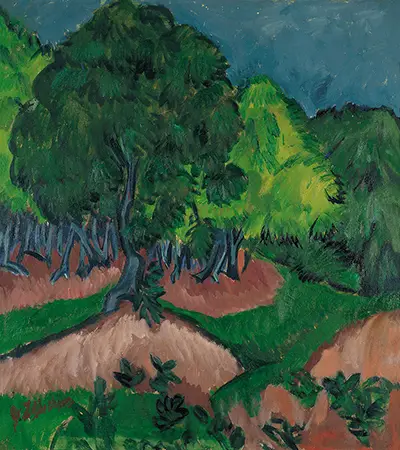
Landscape with Chestnut Tree
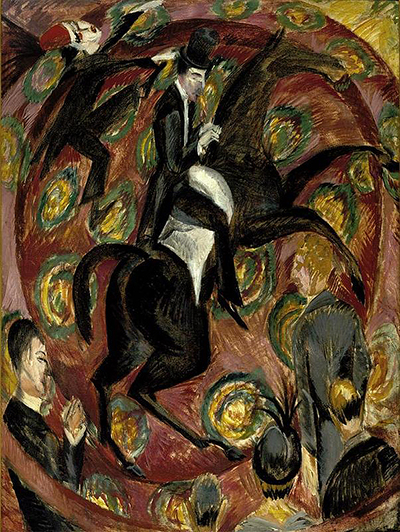
Circus Rider
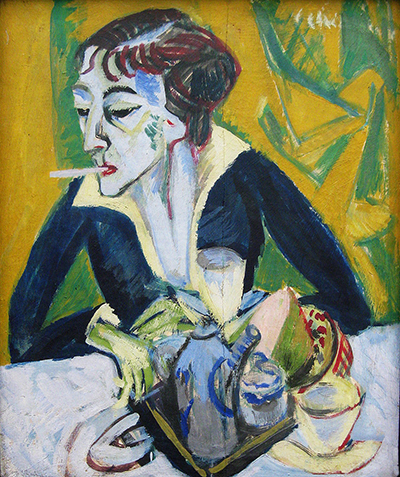
Erna with Cigarette
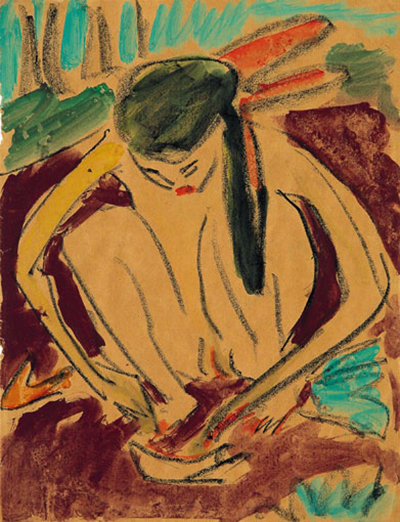
Crouching Girl
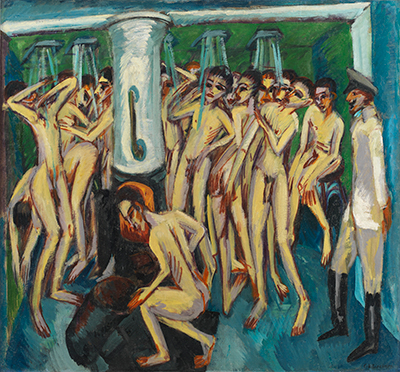
Artillerymen in the Shower
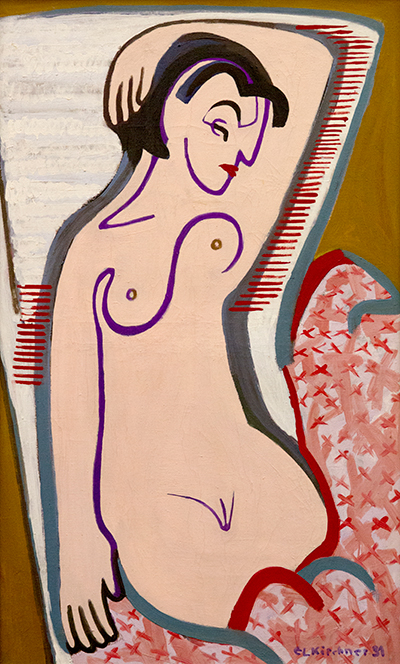
Recumbent Nude
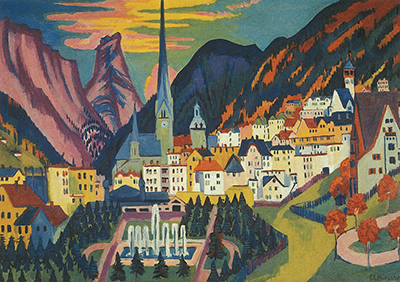
Davos in Summer
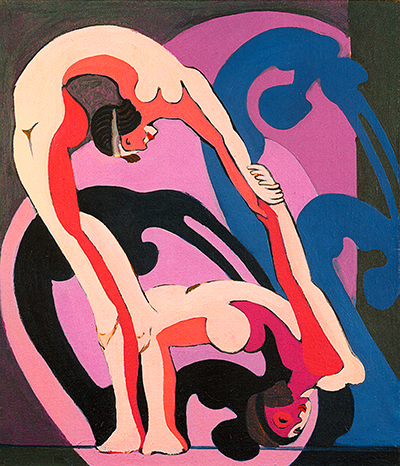
Two Acrobats
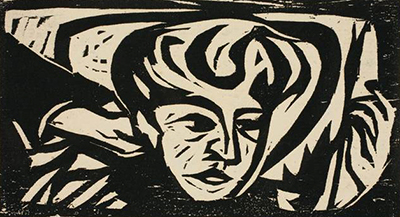
Dodo Head on Pillow
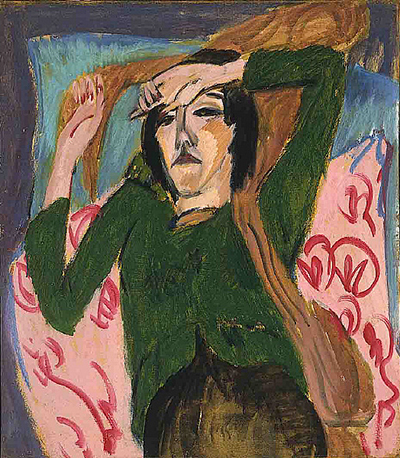
Woman in a Green Blouse
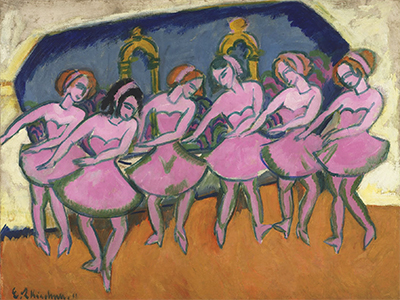
Six Dancers
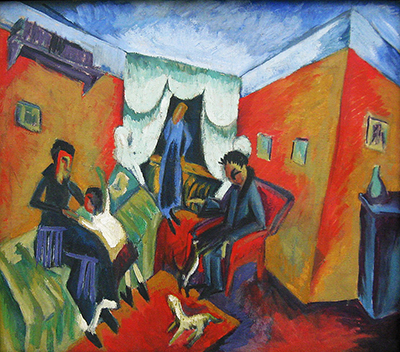
Interieur
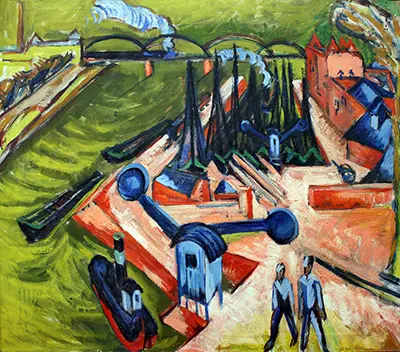
Frankfurter Westhafen
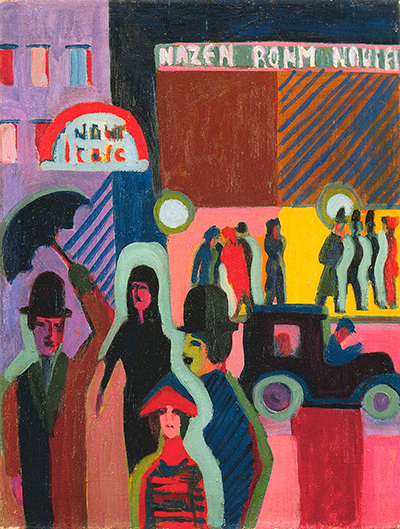



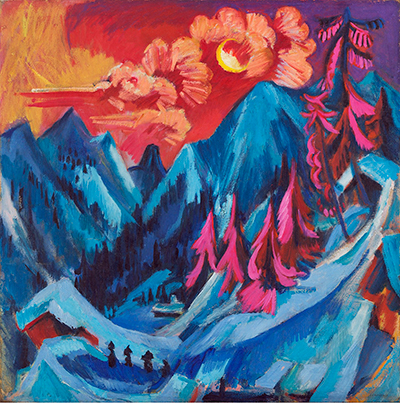
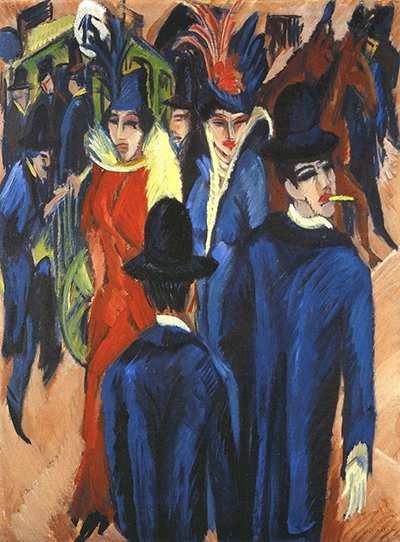
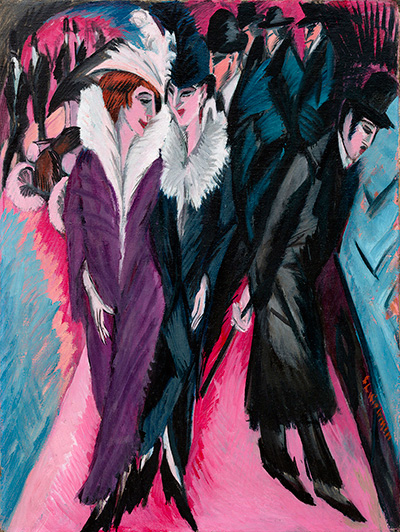
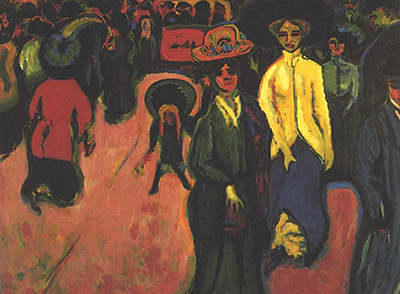
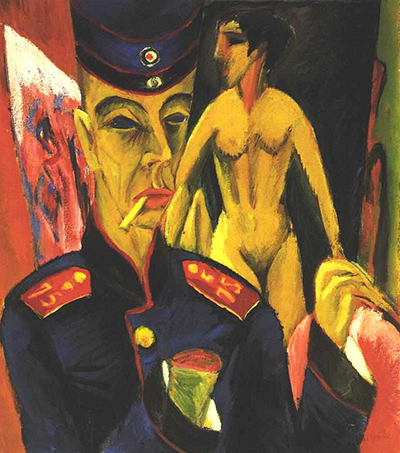
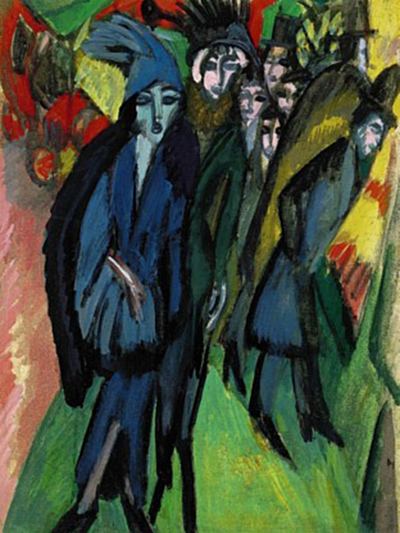
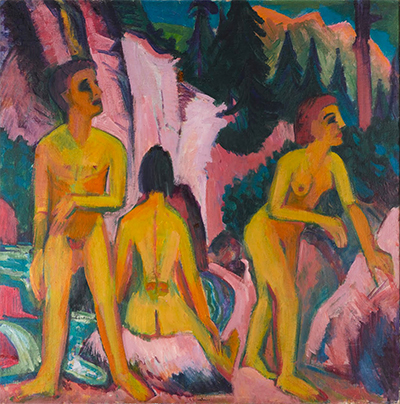
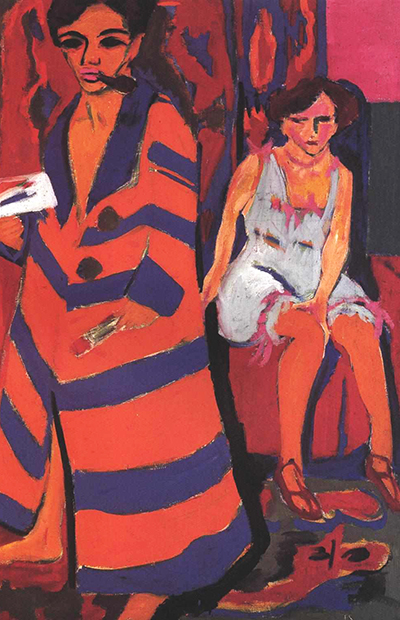
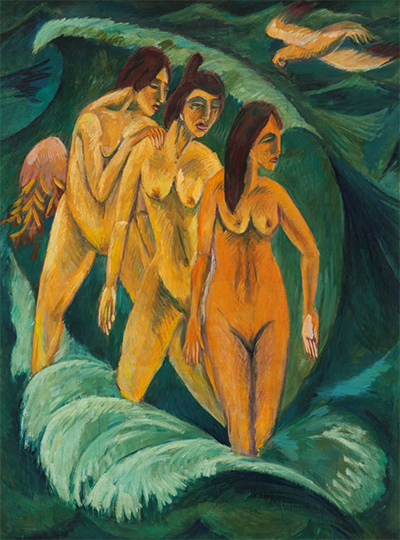
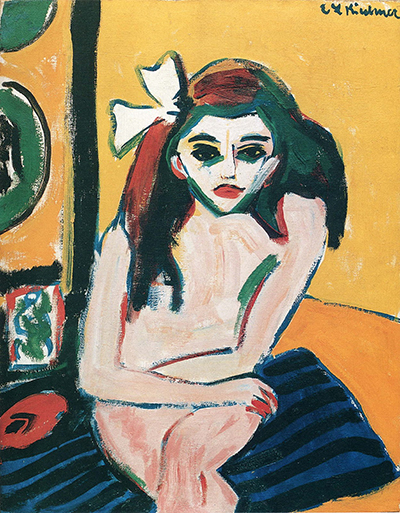
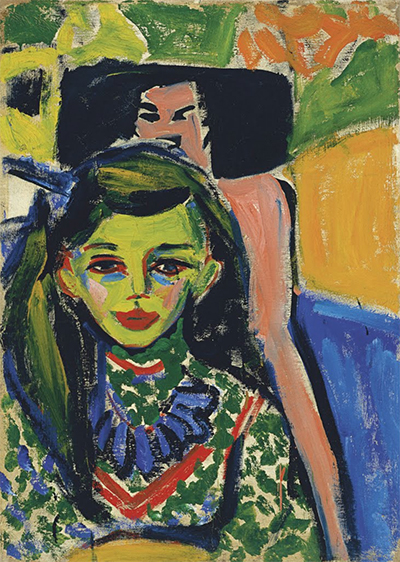
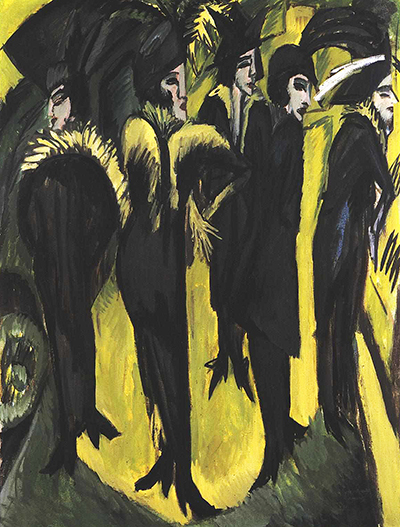
 Ernst Ludwig Kirchner.jpg)
